The products and fuel produced from oil, gas and other mineral resources play a critical role in economic stability and industrial function. However, the processes of finding, mining and/or producing and transporting these resources may have negative consequences in terms of environmental wellbeing. There have been numerous advances in technology and supply chain processes to address these risks, leading to significant environmentally friendly improvements in mining, mineral exploration, and other geosciences. In many areas, there are also beneficial environmental cleanup opportunities.
Reduced Environmental Impact in Oil & Gas Exploration
Crude oil in an important resource for producing petroleum, the substance used to fuel vehicles and machinery and also the material base for plastics and even medicines. Yet it’s retrieval and transportation carries some risks and harms to the environment, specifically with hydraulic fracturing and spills. However, recent advancements in technology have provided some important and effective methods to reduce this industry’s effects on the environment.
New and advancing technologies such as satellites, remote sensory devices, global positioning systems, and seismic technology that records in 3- and 4-D have significantly reduced the risk of harm to land and marine ecosystems from oil and gas exploration and drilling endeavors. These technologies greatly reduce the time and impact of exploration, since they make these efforts far more efficient while minimizing the drilling areas with new slimhole and mobile drilling rigs. Also, fewer wells are needed to develop an oil resource with more efficient techniques such as directional or horizontal drilling, which enables a single well to access a far larger production area.
In addition to refined environmental regulations and new standards that reduce the potential of oil spills, environmental cleanup and restoration of old oil well sites is an initiative that the industry is developing. For example, the Rigs to Reefs program is a restorative approach to dealing with oil and gas structures that have become uneconomic. The old oil rig is toppled, and within a year the local marine creatures such as barnacles and coral will cover it, creating an artificial reef that will attract fish and other sea life. According to the Coastal Marine Institute, a typical structure will support 12,000 to 14,000 fish. A total of 470 old structures in the Gulf of Mexico had been converted to these permanent artificial reefs as of July 2015.
There are several voluntary initiatives for environmental cleanup and reducing the impact of oil and gas exploration and production that augment the policy decisions and standards. Some of these programs for environmental stewardship include:
- EPA’s Natural Gas STAR program
- The Occupational Safety and Health Administration’s (OSHA) Voluntary Protection Programs (VPP)
- The Voluntary Innovative Strategies for Today’s Air Standards (VISTAS) program in San Juan, New Mexico
- The Voluntary Remediation Program (VRP) in Wyoming
- The Four Corners Air Quality Task Force
The reduced impact of oil and gas exploration and production efforts, coupled with significant steps taken to restore old drilling sites presents a more environmentally favorable future for the industry. And the progress is presumed to continue, since the EPA “is actively reaching out to oil and gas organizations to improve understanding, identify drivers and barriers, increase performance, and address the environmental implications of oil and gas production.”
Environmental Cleaning Efforts in Mining
We use large quantities of metals and mineral commodities each year, from the industrial level down to the individual. In fact, it’s estimated that each person in the United Kingdom consumes about 10 tons each year as they engage in transportation, leisure, retail, work and public facilities. According to a study on consumption of materials in the United States, “The raw materials consumed in the United States have grown substantially since the beginning of the 20th century. These changes reflect alterations in public demand, population growth, and industrialization.”
Satisfying this global demand has brought the mining industry to the multi-billion dollar position it now holds. In 2016, the total revenue of the industry’s leading companies was $496 billion—and that figure doesn’t include the smaller companies. The massive size of the industry means that mining has had a noteworthy risk of harmful environmental impacts such as sinkholes and erosion, loss of biodiversity, and water contamination.
Fortunately, there is an increased reduction of risk of environmental harm due to both government regulations and green initiatives for mining cleanup and environmental restoration. New mines must meet specific standards for environmental protection, and many mining cleanup initiatives are working to address historical contamination from mining activities that occurred back in the late 1800s, when it was legal to dump mining waste directly into waterways.
Mining has been federally regulated since the 1960s, and these regulations are enforced by state agencies who also set their own (often more stringent) environmental laws and standards. Some of the most important federal regulations that impact mining include:
- National Environmental Policy Act (NEPA)
- Resource Conservation and Recovery Act (RCRA)
- Comprehensive Environmental Response, Compensation, and Liability Act (CERCLA)
- Clean Air Act (CAA)
- Clean Water Act (CWA)
- Toxic Substances Control Act (TSCA)
The EPA is also currently working with Congress to enact a proposal for mining companies to provide financial assurance that they can clean up the pollution created by their operations.
Non-governmental initiatives for mining cleanup are focused on implementing environmentally-friendly mining practices and technologies, remediating the environmental impact of existing mines, and cleaning abandoned mines. Efforts cover a handful of areas, such as:
- Closing mines that are unregulated or operating illegally.
- Implementing environmentally friendly mining technologies and processes.
- Re-evaluating feasible mine mill cut-off grades.
- Remediating abandoned or shut down mine sites.
- Researching and developing more green mining technologies.
Innovations in Geoscience That Lessen Environmental Harm
As we work toward more sustainable, environmentally-conscious practices in mining and oil and gas, earth sciences across the board are developing ways to make their industries more ‘green’. Innovations in geoscience have helped the mining, oil and gas, and mineral exploration industries to address more general topics that affect all of them:
- Renewable & Clean Energy
- Water Reclamation
- Recyclable Materials & Eco-Friendly Equipment
- Green Technologies
- Waste Treatment
Renewable & Clean Energy
The processes for discovering, extracting, producing and transporting geological materials all require vast amounts of energy, so finding clean and renewable alternative sources of energy is a deeply important initiative. In the past, diesel-hungry vehicles were the only option for large loads, but innovations in geoscience have led to the rise of renewable and cleaner energy sources or hybrid options like the MTI Hybrid that at least reduce their energy consumption.
Water Reclamation
One of the more harmful environmental consequences from the extraction of oil, gas and minerals is contamination of water in the area. The Clean Water Act put important regulations on companies that engage in mining, requiring water reclamation processes in order to treat contaminated water. What’s more, the industry is shifting to go beyond the regulations and develop incredible advancements in water reclamation, such as the Ozonix technology from Ecosphere Technologies. This treatment offers a chemical-free solution for removing hydrocarbons, soluble-organics and bacteria that are produced by mining operations from residual wastewater streams.
Recyclable Materials & Eco-Friendly Equipment
Reducing waste by recycling has been one of the most commonly known ways to positively affect the environment, and the industries within geoscience have some beneficial options. Many companies are now only using durable goods that are recyclable, reusable, or can be easily remanufactured. In some cases, this can benefit a company’s bottom line: scrap mining uses recycled metal resources to achieve other mining initiatives, which are more sustainable and cost less than mined metal.
These industries require heavy duty equipment and machinery to accomplish much of their operations, and developments with things like zero-emission vehicles is key to improving their environmental impact. Governments are getting behind this kind of advancement with well-funded incentives. The nature of the industrial operations at mines or oil and gas production sites requires rugged buildings in addition to resilient equipment. Some companies have developed highly efficient, durable facilities that are manufactured to minimize the effects on the environment by offering portability, long lifespans, and extremely energy-efficient systems to operate them.
Green Technologies
Green technologies are materially changing the way that business is done in the mining, oil and gas, and mineral exploration sectors. From minimizing energy consumption and using new forms of energy, to tools and technologies that reduce the environmental impact of operations, businesses can also save on costs. In mining, for example, there are two very important innovations that can reduce harm to the environment and make operations more accurate and efficient. A primary agent for extracting gold from ore is cyanide, which is extremely destructive to the environment, so following a hydrometallurgical process using chlorination instead is far more eco-friendly. Mining also involves necessary monitoring of methane and carbon dioxide levels, and methane capturing technologies can offer more accurate readings.
Waste Treatment
Waste is one of the more difficult areas for geological extraction industries to tackle, since the very act of removing these materials from the earth creates waste by nature—at least currently. Yet there are some important and effective technologies being developed to address this, such as a plant technology, phytostabilization. Phytostabilization immobilizes the heavy metals in soil by growing plants that have the ability to absorb contaminants and waste particles, while eliminating the potential of airborne spread. One other technology that helps reduce the environmental footprint of mining is a high-frequency electromagnetic sensor (HFEMS) that accurately measures the grade of ore in the ground. This allows mining operations to minimize the production of tailings by simply mining less material, since they can process only the richer ore deposits. According to MineSense, the company that developed this HFEMS, “miners can reduce their production of waste by as much as 60 per cent, and energy usage by as much as 16 per cent, for an overall cost savings of between 15 and 30 per cent.”
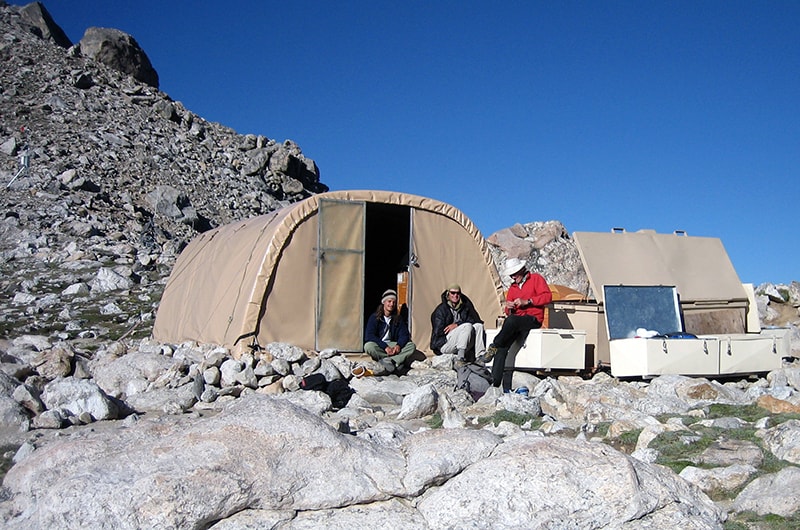











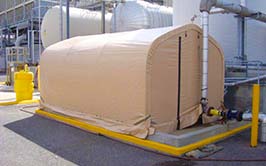

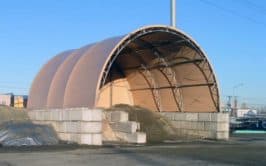
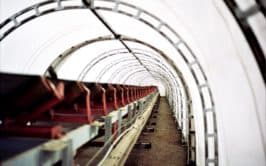
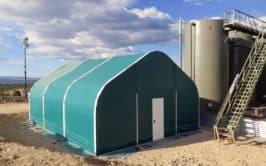


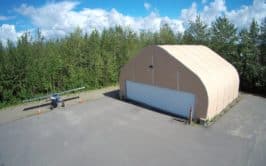
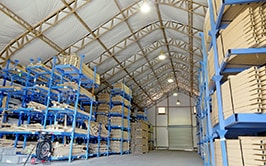
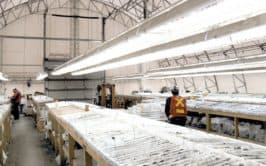

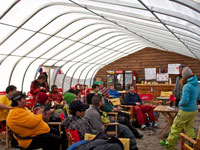





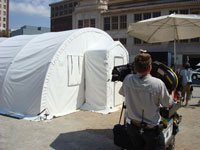












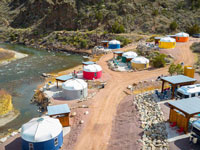



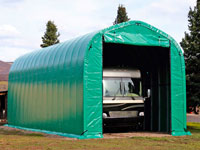







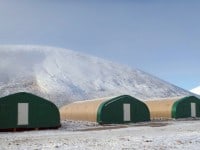
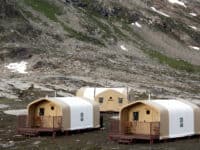
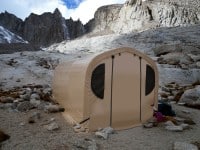


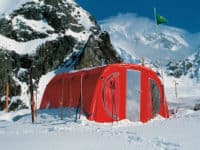
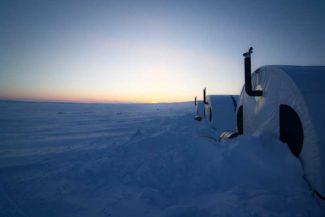

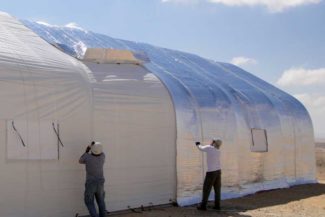


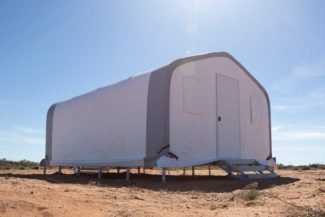

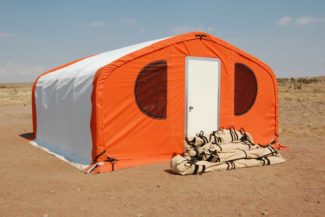




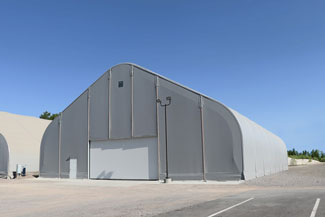

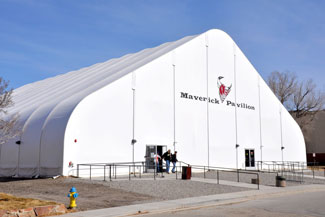
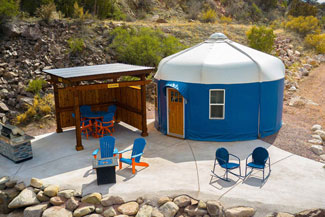
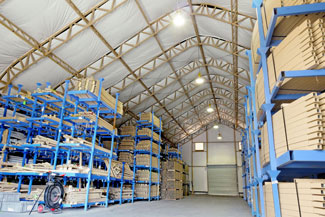

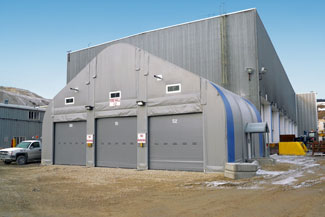


Leave a Reply